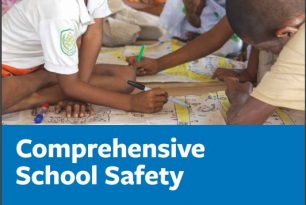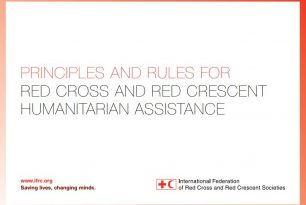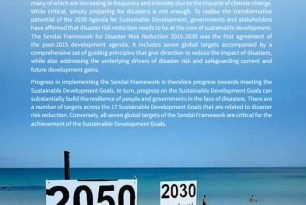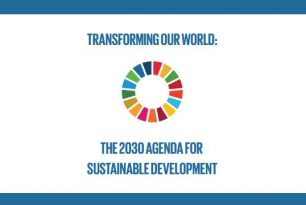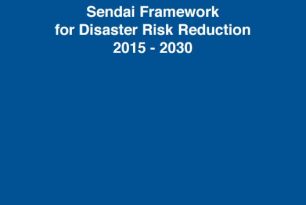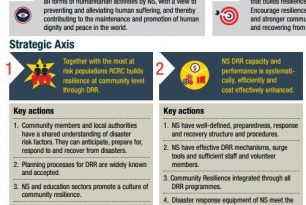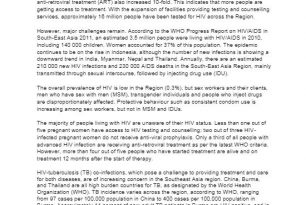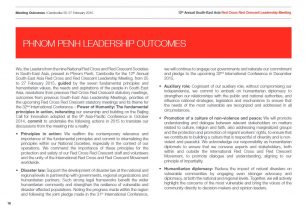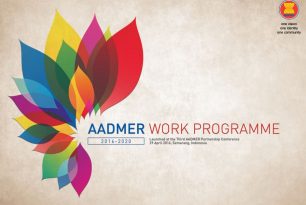
The work programme was launched in the 3rd AADMER Partnership Conference in April 2016, Semarang, Indonesia.
The ASEAN Agreement on Disaster Management and Emergency or AADMER has been effectively facilitating regional cooperation between and among ASEAN Member States since its entry into force on 24 December 2009. As the legally-binding regional agreement in ASEAN, AADMER has directly contributed to the building of ASEAN Community, and the enhancement of disaster risk reduction and climate change adaptation of the
peoples and communities in ASEAN.
![]()


